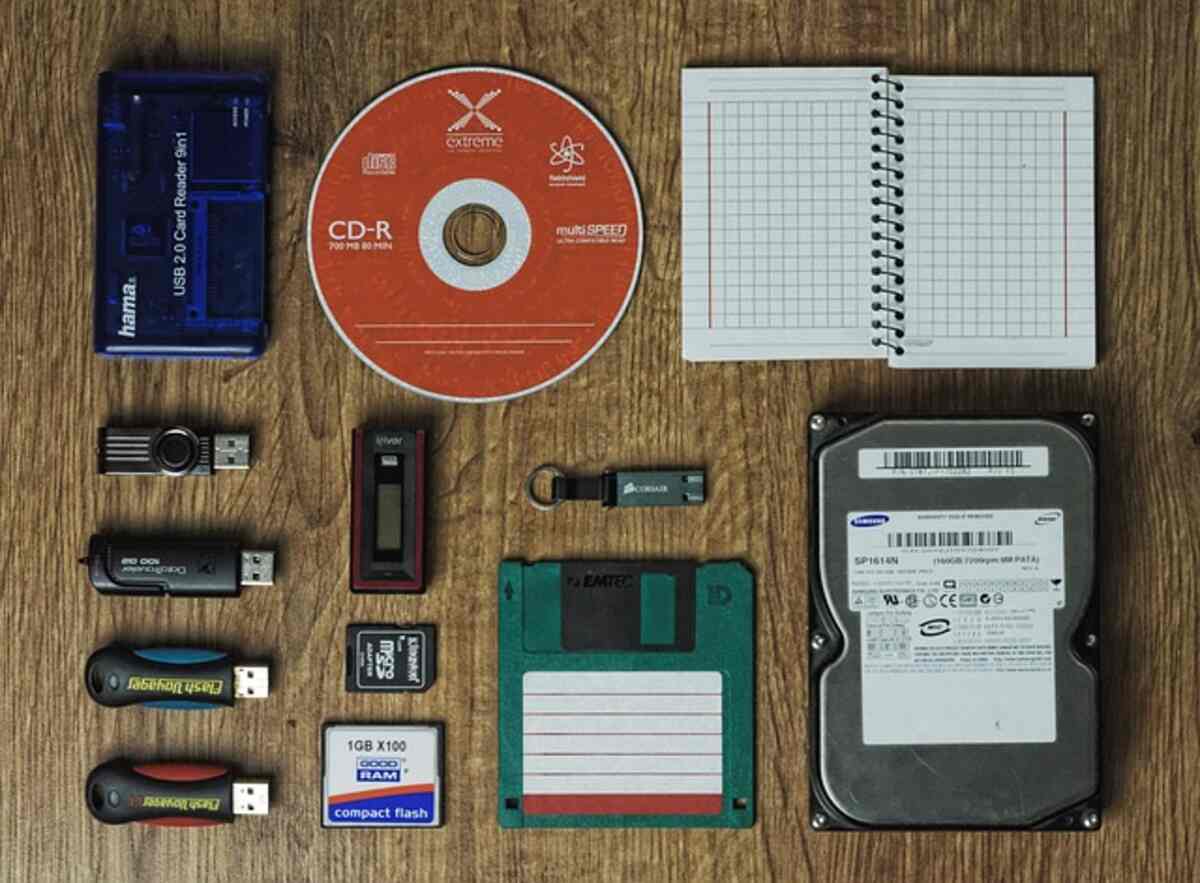Methods for Adding RAM to Your Computer
Random Access Memory (RAM) on a computer is analogous to the short-term storage space in your brain. Everything you’ve ever worked on, including what you’re working on now, is saved there. As you can see, it plays a crucial role in your computer because it saves data you rely on and requires quick access often. A laptop with plenty of memory will load and store information quickly and efficiently, whether images, audio, or text.
Plenty of folks would like to increase their RAM, but they can’t seem to get over the hurdle of not knowing what kind to buy or how to install it. You should know by now that there are many kinds of RAM on the market, and you need to acquire the type that matches your motherboard. Motherboards are large computer circuit boards responsible for making all necessary connections.
Let’s start with the two most common forms of RAM today: SDRAM and DDR. Synchronous Dynamic Random Access Memory (SDRAM) is standard on most personal computers. This RAM is what is often installed in desktop computers. When I had SDRAM, I didn’t give it much attention because it did what I needed it to accomplish. However, I have upgraded to DDR RAM, which has replaced SDRAM, on my computer. You can picture the difference in speed between DDR RAM and SDRAM. Your options for RAM will be limited to SDRAM if your motherboard only supports that format. To upgrade to DDR RAM, you must purchase a new motherboard. Look at the user handbook that came with your computer, or if it was constructed from the ground up, consult the manual with the motherboard.
SODIMM is a type of RAM used in many laptops and personal digital assistants. You can find it in the same place you get RAM for your desktop computer, but it will cost you a bit more and be trickier to set up.
You should also know where to get RAM and how to install it now that you know the different kinds. If you want to acquire RAM, I recommend going to a local computer store where a knowledgeable employee may assist you in selecting the appropriate module(s). If you want to ensure that you purchase the correct memory for your computer, it’s a good idea to bring the handbook for your machine to the store. You can get RAM shipped to your door from reputable online computer retailers like NewEgg.com and TigerDirect.com.
Finally, make sure the new RAM is installed. This, shockingly, is the simple part. After powering down and disconnecting all cables, the motherboard can be accessed by removing the computer’s case lid. Find your RAM after you have a good look at your motherboard. Since you recently purchased some, you now see what it looks like. A latch attached to the slot holding it on both ends can be seen once you locate it. To remove the RAM stick, press down on both latches at once, then pull it out carefully. It ought to glide out without difficulty, but jiggle it while tugging if it doesn’t.
The new RAM can be installed at that point. First, tally up the number of empty spaces beside the number containing RAM. There may be two filled slots and one empty one, or all three slots may be used. If no free places are available, the oldest, smallest quantity of RAM should be removed to make room for the new module. Then, install the new RAM carefully and draw the latches back up on both sides to secure it. After that, you can replace the case lid and turn the computer back on. Your computer will detect the new RAM without any additional setup on your part.
And with that, I sincerely hope I’ve been of some assistance. If you clean and maintain your computer regularly, it will serve you well for many years.
Michael Cottier 2006 All Rights Reserved.
Michael Cottier is the man to see if you need assistance upgrading any desktop or mobile device component. Visit his online home at:
Read also: How It Works, What To Expect, And What You Get From Machine Translation


